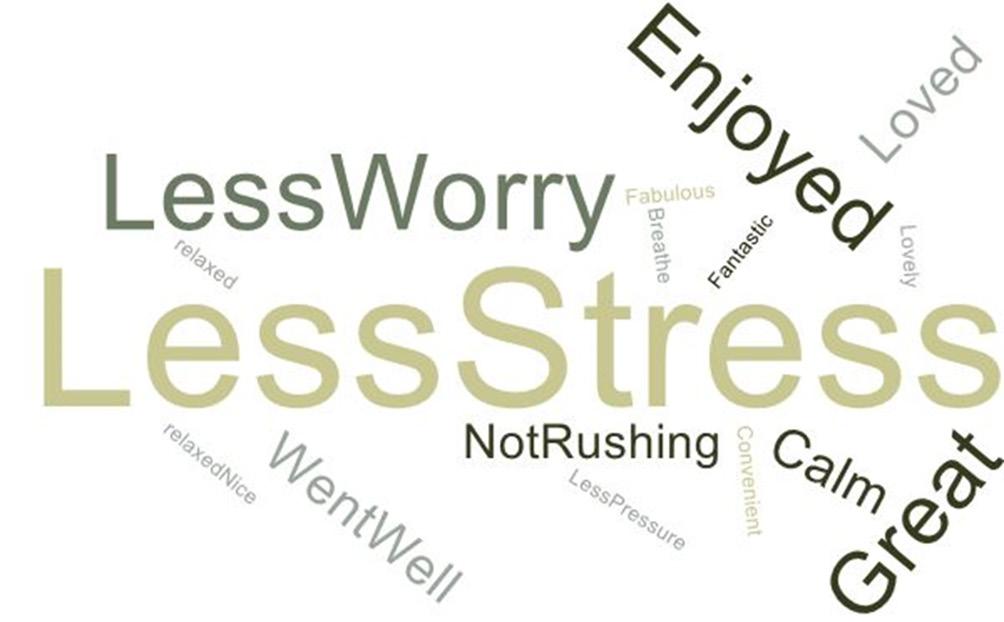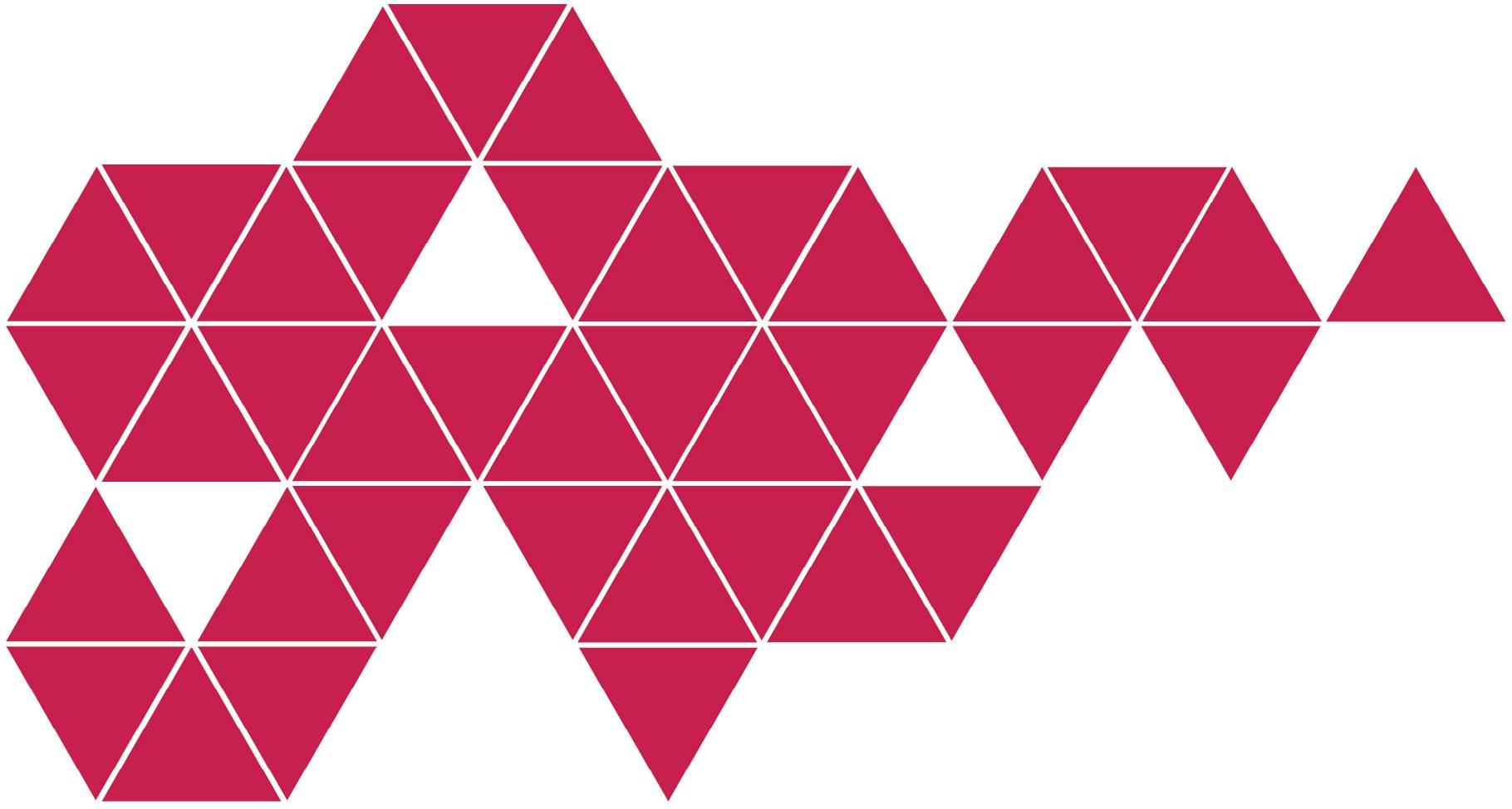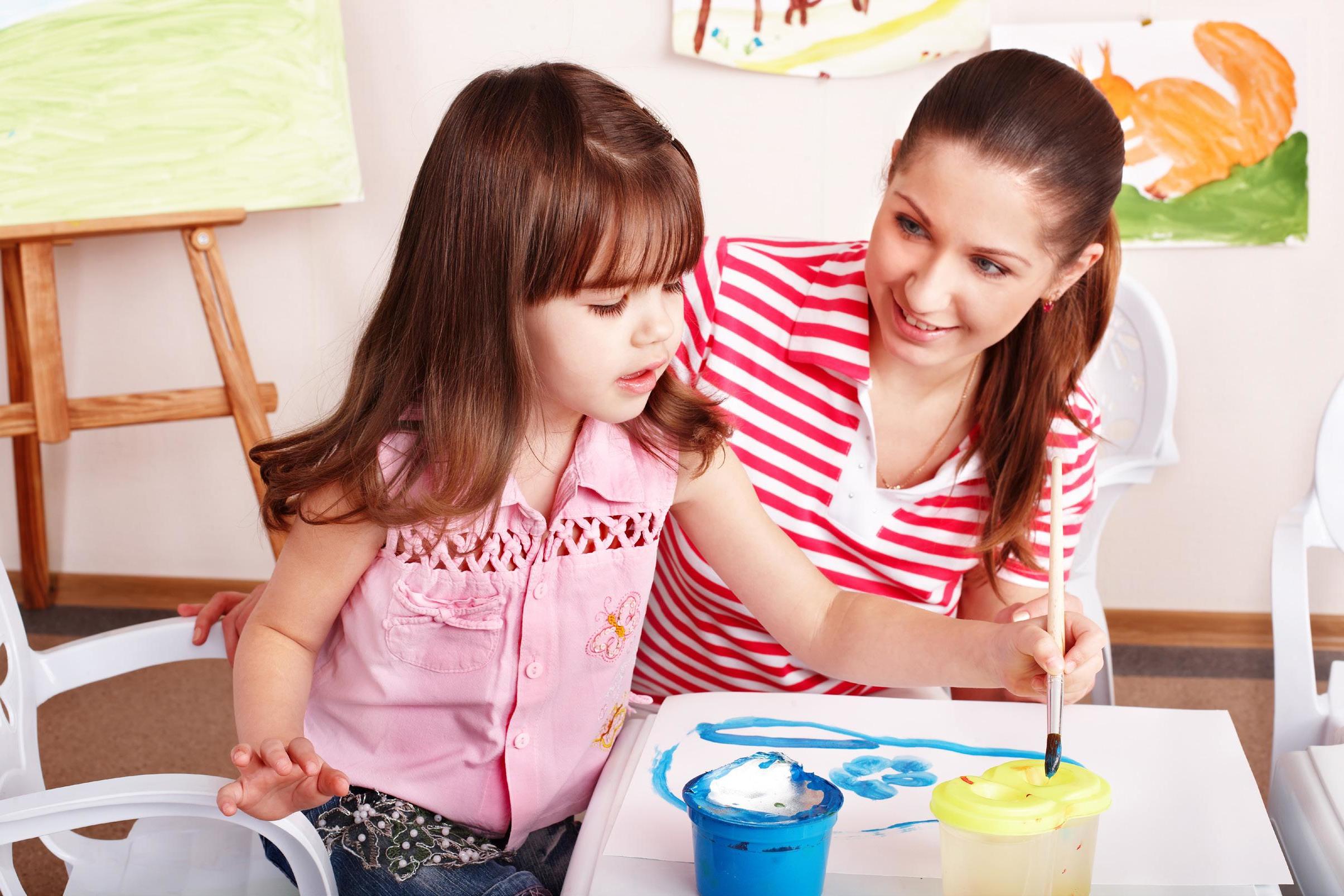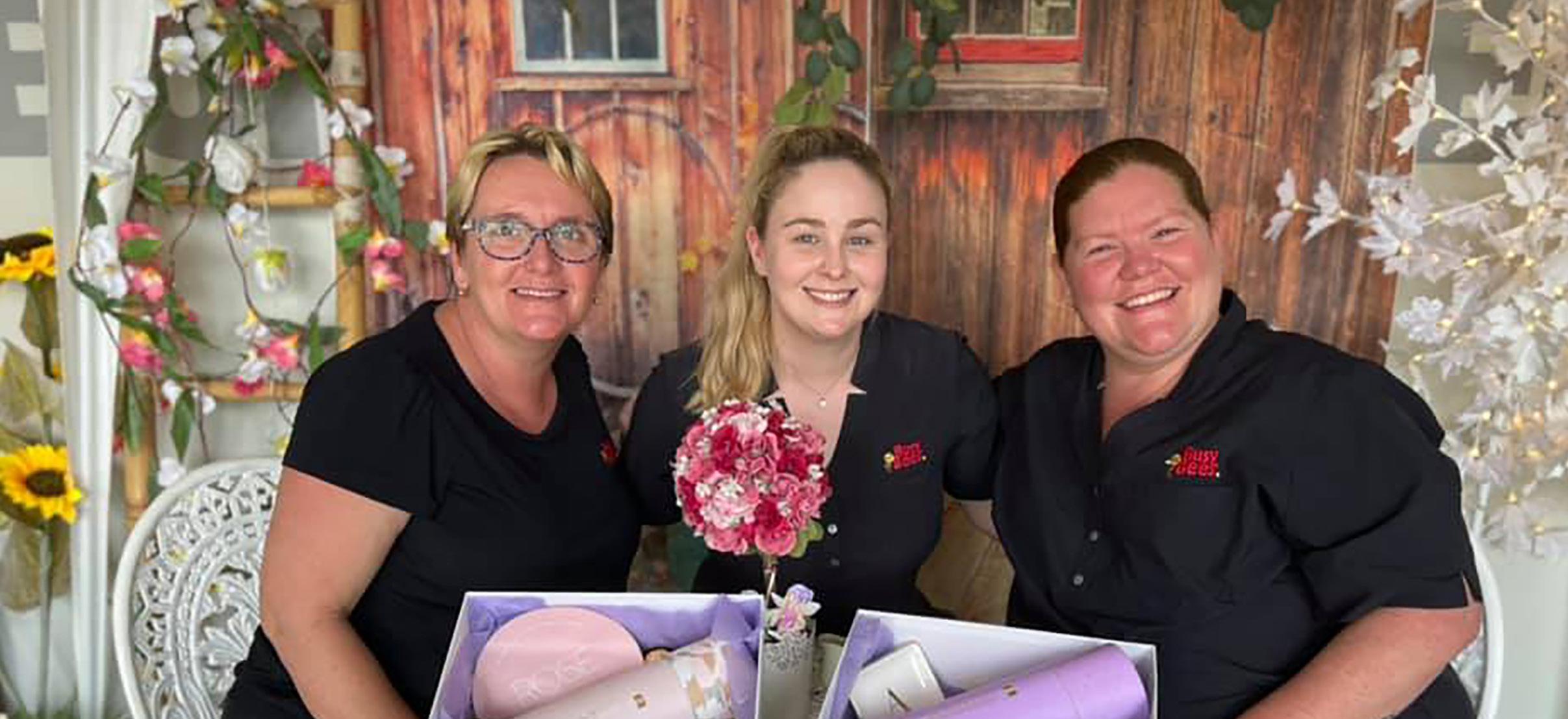
7 minute read
Member in the Spotlight: Dedicated to the Wellbeing of Employees, Family and Community Connections While Navigating a New World
The comments related to the classroom outcomes are collated in the word cloud below:
There were also some thoughtful responses relating to purposeful use of documentation:
“Photos are important for parents.”
Finding the Balance
My own opinion is that there are three reasons to document, and only two are valid. The first is for professional recollection and communication. As educators working with the Montessori materials and curriculum, we can rely on our memories and the prepared environment to a certain extent, however keeping a record of apparatus that children have been demonstrated is important, and noting apparatus that you have observed readiness indicators for is also helpful. Additionally, most early childhood classrooms are team spaces with two or three educators. In this service there are often 2-3 Montessori-trained educators working with the class of children, along with trainees. Being able to access documentation on each child across the team is most helpful. The sciences and arts bring with it opportunities for extension and project work which may require research, resourcing and planning. The documentation for the professional Montessori educator ensures their own quality practice and is part of their own ‘prepared environment’ for their tasks.
The second reason to document is to enrich the partnerships between the family and the service. The parent-child relationship is an important bond, and the parents bring valuable knowledge of their child which can assist educators to connect and enhance the educational experience of the child. Parents appreciate hearing about their child’s day, and with young children some meaningful content from the educators makes all the difference.
It is interesting to note that the parents of the Forest Lake service were supportive of the documentationfree fortnight, with one parent going so far as to advise the leaders that one or two of the educators were still documenting in the early days! Ooops! Messages of support were emailed and spoken, and no complaints about ‘not enough photos’ were made. Educators noted that there was more communication with parents and closer bonds with parents formed during the fortnight. This seems counter-intuitive, however, if educators have observed more, are less stressed, and are engaging with children, they may well have more to share verbally with parents at drop off and pick up time. The third reason to document is to satisfy external expectations. This is the reason that I consider invalid. The Assessment and Rating process, and its predecessor, Accreditation, has provided structures which inform quality, but likewise generated an industry focussed on the mechanics of standards. I was once asked by an educator, “How many observations do I need to do each week”. I replied, “Please observe the children, and take note of anything meaningful that you would like to celebrate, follow up or communicate. Don’t write observations that are not meaningful just to achieve a certain number. Focus on those things that are significant.” She smiled and said, “That is really excellent!…But how many observations do I need to write each week?” I wish I had answered zero. I wonder how she would have responded if I had been brave enough to run this experiment all those years ago! In a sector with high turnover, high mental health issues, low status, low pay and high expectations, getting the balance right between purposeful documentation and time with children will only pay dividends. Educators with less stress, less worry, who can breathe, who are loving and enjoying work will create better environments for children. Classroom outcomes that include more observation, more one-on-one time with children, more interactions, more preparation and more playing will also lead to better environments for children.
And what of the children’s voices?
In conclusion, the reflection process encouraged one educator to note the following experience. What a shame it would have been for that Infant Community educator to have had their face buried in an iPad, and missed this beautiful example of the multi-aged classroom in full bloom:

Struggling to support ‘prac’ placement for your studying ECT?

Introducing: Prac Swap
ACA Qld’s ‘Prac Swap’ is a free service whereby we seek to match two people needing to undertake a practicum placement (‘prac’) as part of their Early Childhood Teacher (ECT) degree, so that each can work in the other’s service for the period of the prac.

This has the advantage of neither person needing to take leave, and the service not needing to arrange another person to cover an absence.
The Prac Swap arrangement is covered by an agreement for which ACA Qld provides the template. ACA Qld is not a party to the arrangement.
Introducing: Flying Squad
ACA Qld’s ‘Flying Squad’ is a free service to assist ECEC services to access suitably qualified, temporary staff. Priority is currently being given to covering absences for studying ECTs to undertake prac, where a Prac Swap is unsuitable or not feasible.
The employment arrangements are a matter between the service and the Flying Squad member. ACA Qld is not a party to any resulting employment agreement.
To lodge your Expression of Interest in either or both initiatives, visit the Prac Swap and Flying Squad forms located under Services at qld.childcarealliance.org.au and let us know what you need. We’ll do our best to find you a match!
Any queries can be directed to wass@childcarealliance.org.au.
How do I become involved?
There is no charge for either service. ‘Prac Swap’ and ‘Flying Squad’ are initiatives of Australian Childcare Alliance Queensland (ACA Qld), proudly supported by the Queensland Government. ACA Qld is the state’s peak body for providers of early childhood education and care services.
Member in the Spotlight:

Busy Bees Early Learning Australia
Busy Bees Early Learning Australia dedicated to the wellbeing of employees, family and community connections while navigating a new world in the face of COVID-19.
Since the beginning of the COVID-19 global pandemic, the early learning sector within Australia has been classified as an “essential service” with access to care being critical to maintaining the ongoing education and care for children while supporting families during these uncertain times. Robert Hughes, CEO at Busy Bees Early Learning Australia stated “Busy Bees are proud to have maintained a supportive, flexible and consistent daily routine for the children and families providing a level of comfort and routine that they can call upon each day, to give every child the best start in life”.
With Busy Bees educators, early childhood teachers and support teams being classified as “essential workers” Busy Bees was sensitive in ensuring that all their employees were being supported, acknowledged and encouraged with various initiatives and programs in place for the physical and mental wellbeing of the children, families and employees. In June 2020, during the height of uncertainty experienced by the COVID-19 pandemic in Australia, Busy Bees Early Learning Australia launched its very first “Lighting UP with Gratitude” event. Each service simultaneously switched on an array of fairy lights to “light up” their service as a symbol of heart, hope, thanks and support for the local communities, children, families and hard-working employees who were facing this uncertain time together. The now annual event signifies a month of gratitude and connection for Busy Bees children, families and staff by showcasing appreciation and encouraging acts of kindness that is achieved through discussions, messages, activities and provocations either in-service, within the community or remotely for those families and children who are experiencing lockdowns across the country. Children at our services were involved in special activities including the distribution of gratitude jars, thank you notes and donations in a means of making our community a better place for everyone.











